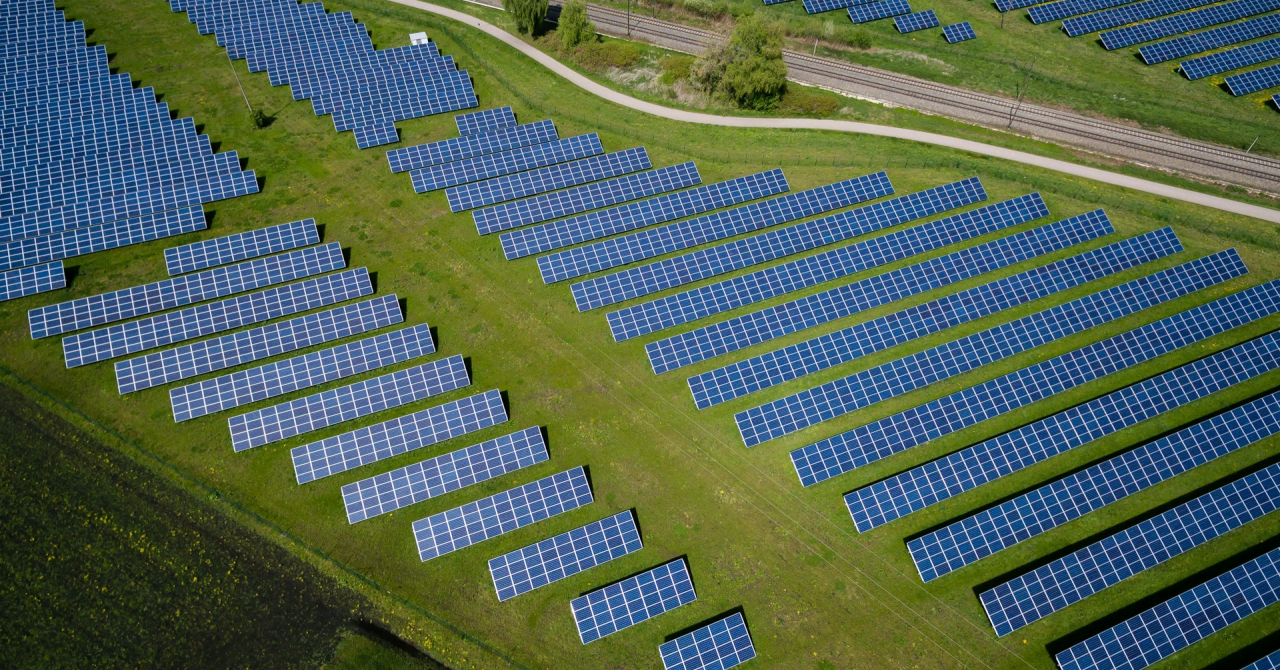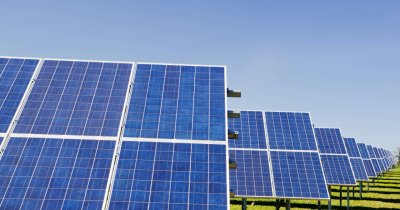Recharge writes that, as per experts at Berlin-based think tank Climate Analytics, 8 trillion USD would be required for the renewable capacity itself, while another 4 trillion would be required for the energy grid and storage solutions.
Climate Analytics expert and the report’s lead author Neil Grant said that "$2tn a year sounds like a cost, but it’s really a choice. We’re set to invest over $6tn in fossil fuels over this decade – more than enough to close the tripling investment gap. Faced with this choice, I’d go with the safest, best value option – renewables."
Countries in the Sub-Saharan Africa need to put the most effort into modernizing their renewable grid, doubling the global average, due to "historic underinvestment and energy access needs."
Countries in the Organization for Economic Co-operation and Development (OECD) are expected to double their renewable capacity by 2030. Claire Fyson, co-author on the report and head of policy at Climate Analytics, said that "the OECD needs to triple renewables but is currently way off target."
"Countries in the region claiming to be climate leaders need to walk the talk, not just by ramping up renewables at home, but by coming through for other regions which need finance to contribute to the tripling goal", she added.
One of the countries which is behind the trend in Japan, with its renewable capacity expected to grow only by 50% by 2030. Asia in general needs to scale faster than OECD, almost quadrupling its green power capacity by the next decade.
 Mihai - Cristian Ioniță
Mihai - Cristian Ioniță












Any thoughts?